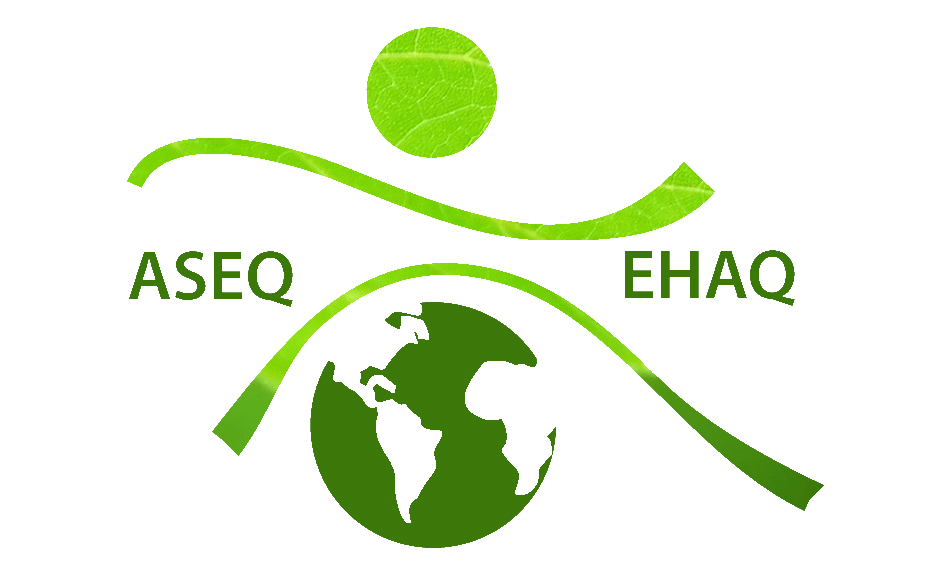A Quick Summary of the IPCC’s AR6: Summary for Policymakers, Section B
Warning: Array to string conversion in /data/vhosts/aseq-ehaq.ca/aseq-ehaq.ca/wp-includes/class-wp-query.php on line 4679
Section B of the Intergovernmental Panel on Climate Change’s (IPCC) Sixth Assessment Report (AR6), titled Possible Climate Futures, goes over five possible greenhouse gases (GHG) emissions scenarios and examines the climate responses to each of the scenarios. Level of emissions in each scenario depend on socio-economic factors, climate change mitigation levels, and levels of air pollution controls. They analyse a near-term period (2021-2040), a mid-term period (2041-2060), and a long-term period (2081-2100).
The emissions scenarios include a high GHG emissions scenario and a very high GHG emissions scenario, where emissions are doubled by 2100 (for the high scenario) and 2050 (for the very high scenario) from what they are today; a medium GHG emissions scenario where emissions are kept at current levels until 2050; a low GHG emissions scenario and very low GHG emissions scenario where emissions reach net zero around 2050 (p.15).
Section B of the IPCC’s AR6 include five findings, listed below:
“Global surface temperature will continue to increase until at least the mid-century under all emissions scenarios considered. Global warming of 1.5°C and 2°C will be exceeded during the 21st century unless deep reductions in CO2 and other greenhouse gas emissions occur in the coming decades” (p.14).
- In all emissions scenarios, global surface temperature will still increase this century. Taking a look at the long-term period (2081-2100) and comparing it to 1850-1900, global surface temperature is projected to be higher by 1.0°C to 1.8°C under the very low emissions scenario, 2.1°C to 3.5°C under the medium scenario, and 3.3°C to 5.7°C under the very high scenario
- Surpassing 2°C of warming during the mid-term period (2041-2060) is expected to occur under the very high, high, and medium scenarios
- In the near-term period (2021-2040), 1.5°C of warming will likely be surpassed under the very high, high, medium and low scenarios, and likely to be reached under the lowest scenario. Under the very low scenario, it is likely that warming will fall below 1.5°C by the end of this century
“Many changes in the climate system become larger in direct relation to increasing global warming. They include increases in the frequency and intensity of hot extremes, marine heatwaves, and heavy precipitation, agricultural and ecological droughts in some regions, and proportion of intense tropical cyclones, as well as reductions in Arctic sea ice, snow cover and permafrost” (p.15).
- Studies show that the land surface is likely to warm 1.4 to 1.7 times more than the ocean surface
- All five scenarios project that, before the middle of this century, the Arctic will not have any sea ice during the month of September (this is expected to occur at least once before 2050)
“Continued global warming is projected to further intensify the global water cycle, including its variability, global monsoon precipitation and the severity of wet and dry events” (p.19).
- By the long-term period, average annual global precipitation levels will increase by 0-5% under the very low emissions scenario, under the medium emissions scenario it will increase by 1.5-8%, and under the very high emissions scenario it is projected to increase by 1-13%
- Regions located in high latitudes, the equatorial Pacific and monsoon regions are expected to experience an increase in precipitation levels, while regions in the subtropics and some regions in the tropics are expected to experience a decrease in precipitation levels in the medium, high and very high emissions scenarios
- In the mid-term and long-term periods, monsoon precipitation is expected to increase globally
- Storm tracks are expected to shift: a poleward shift of storm tracks in the North Pacific, and a shift southward for Southern Hemisphere summer mid-latitude storm tracks (in the long-term period under the high emissions scenario)
“Under scenarios with increasing CO2 emissions, the ocean and land carbon sinks are projected to be less effective at slowing the accumulation of CO2 in the atmosphere” (p.19).
- Ocean and land sinks are expected to be less effective in taking up CO2 as CO2 emissions rise, leading to higher levels of CO2 emissions to remain in the atmosphere
“Many changes due to past and future greenhouse gas emissions are irreversible for centuries to millennia, especially changes in the ocean, ice sheets and global sea level” (p.21).
- GHG emissions from past centuries have consequently led to the future warming of the ocean. Ocean stratification, acidification, and deoxygenation will continue to be felt – as well as increase – during this century. Future GHG emissions (that we will be responsible for) will determine the rates in which these phenomena will take place
- GHG emissions from past centuries have consequently led to the continuation of mountain and polar glacier melting for future decades. Antarctic Ice Sheet and Greenland Ice Sheet ice loss are projected to continue throughout this century
- The sea level is expected to continue rising throughout this century, with exact measurements of what is expected by 2100 falling somewhere in the range of 0.29-1.01 metres depending on the emissions scenario
- Sea level rise is expected to continue for centuries and millennia to come. Depending on the level of warming, the global sea level can rise somewhere between 2-22 metres over the next 2000 years
Citation:
IPCC, 2021: Summary for Policymakers. In: Climate Change 2021: The Physical Science Basis. Contribution of Working Group I to the Sixth Assessment Report of the Intergovernmental Panel on Climate Change [Masson- Delmotte, V., P. Zhai, A. Pirani, S.L. Connors, C. Péan, S. Berger, N. Caud, Y. Chen, L. Goldfarb, M.I. Gomis, M. Huang, K. Leitzell, E. Lonnoy, J.B.R. Matthews, T.K. Maycock, T. Waterfield, O. Yelekçi, R. Yu, and B. Zhou (eds.)]. Cambridge University Press. In Press.
